Saint Bernards are a large working dog that originates from the Swiss Alps. They are a strong, friendly, loveable breed that is known for rescuing mountain hikers and chilling with family.
Do they shed lots of hair? Yes, St. Bernards are a heavy shedding breed. They come in short and long coated varieties, however both have a thick undercoat and neither are hypoallergenic. So if you want to keep your home as hair free as possible, expect to be brushing him regularly. Which isn’t difficult, but can be time consuming.
Read on to learn more about how much they shed, what they’re like to groom and what sets them apart from other dogs.
Recommended: Go here to see our top-rated dog hair blow dryers
Saint Bernard Shedding
St. Bernards are a heavy shedding breed that sheds a similar amount of hair to breeds like the Newfoundland and Bernese Mountain Dog for example.
However, they don’t shed this much consistently all year round. They tend to shed a moderate amount throughout the year, and more during spring and fall as their coat “blows” in preparation for the change in season.
So, if you suddenly notice they’re losing more fur than usual, and it’s spring or autumn, then that’s likely the reason. This happens to all dogs with an undercoat, so it’s nothing to worry about and not really something you can (or should try to) stop.
All that is happening is their old fur is falling out to make way for the new fur that will take its place. Which is perfectly natural.
Another reason you’ll notice more hair around the home with a breed like the St. Bernard is due of their size. Small dogs shed too, make no mistake about it, but larger dogs have more fur to lose. So even a moderate rate of shedding can become very noticeable, especially when the fur is long, which it can be depending on which variety you adopt.
Thankfully, it’s not very difficult to keep under control. All you really need to do is brush your St. Bernard regularly as I will now explain.
Recommended: Go here to see our top-rated dog hair blow dryers
What Are They Like to Groom?
Grooming your St. Bernard isn’t very difficult, but it does take some time and effort, especially with the longhaired variety, unless you plan on getting him professionally groomed.
Their coat comes in either short, smooth and dense or longer, wavier fur. However both have soft, thick undercoats and sport a red, or white and red colored coat.
Maintaining a short-haired St. Bernard coat is easier because there will be less matting and debris caught up in the coat. For this variety, the best brush to use is a bristle brush or rubber brush.
Whereas with a long-haired St. Bernard, a slicker brush or pin brush works well, because these are better suited to longer fur.
Either way, you want to be sure that you are reaching down to the undercoat to remove that dead fur before it has a chance to fill your home. And this is where a good quality deshedder or undercoat rake comes into play.
Check out these helpful guides to learn more:
You really only need to brush 2-3 times per week to maintain his coat. But if you want to get a handle (no pun intended) on the shedding side of things, then stepping this up to daily brushing is a good idea. This is especially true during spring and fall when they shed more excessively than normal.
Aside from brushing, bathing once per month is worthwhile, as well as trimming his nails and cleaning his teeth regularly. So just the usual as with any other breed in that respect.
Are St. Bernards Hypoallergenic?
Saint Bernards are not considered to be hypoallergenic, although the truth is no dog is ever completely hypoallergenic, not even hairless breeds.
This is because allergies don’t just arise from the hair itself, they also come from the dogs dander (dead flaking skin) and dried saliva. And when these allergens attach themselves to the dogs fur, and fall out everywhere, the sneezing begins.
In other words, heavy shedding dogs are less hypoallergenic than a low shedding breed. So if this is a concern for you, the St. Bernard probably isn’t the best choice, since he sheds a fair bit.
This is why lower shedding breed alternatives like the Saint Berdoodle have become popular over the years, which is a mix between the Saint Bernard (heavy shedder) and Poodle (low shedder). The St. Berdoodle is not hypoallergenic either, but it doesn’t lose as much fur.
How to Stop Excessive Shedding
It’s impossible to stop shedding completely, but you can significantly reduce it. And it’s not very difficult to do so either, it just takes consistent effort.
The first, and probably most effective, method of reducing shedding in your St. Bernard is to brush him regularly. Even once per day is fine if you’re noticing a lot of hair falling out.
The type of brush you use will depend on whether you have a short or longer haired Bernard. Use a bristle brush for a shorthaired, and a slicker brush for a longer haired variety.
And in both cases, it’s a good idea to use a comb, undercoat rake or deshedder to reach the thick, dense fur of their undercoat. This is important, especially during shedding season, as doing so will mean a lot less fur throughout your home.
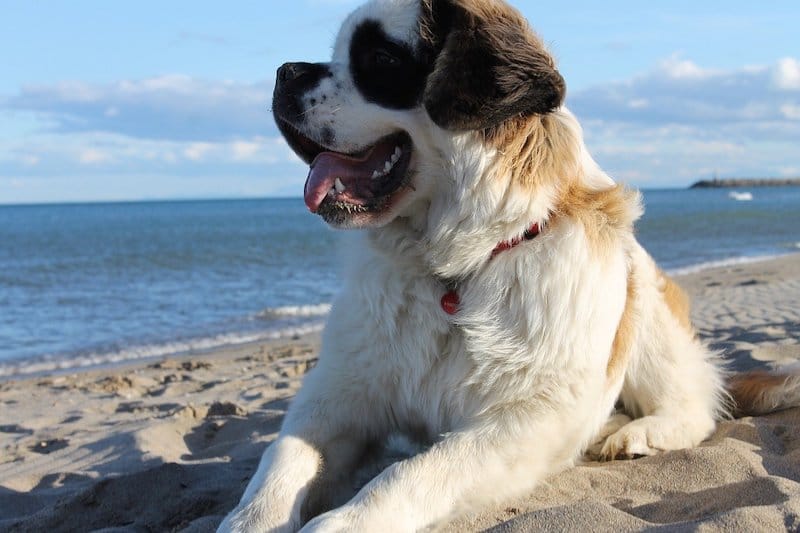
The second thing to keep in mind is what you’re feeding him. These guys eat a lot so it can be tempting to feed them whatever is affordable, but maintaining a healthy, balanced diet can improve the moisture and overall well being of their coat. Which in turn can help prevent shedding.
One effective home remedy is to add a teaspoon or so of virgin olive oil to his food each day. This is a safe way to reduce dryness and it doesn’t cost much at all.
Lastly, it’s important to bathe your Saint Bernard regularly, like once per month or every other month, but you don’t want to over bathe either. And you should always use a quality dog shampoo.
Because using cheap shampoo, or human shampoo, and bathing too often can both dry out your dog’s hair, which can increase the amount of fur that falls out.
There are other ways you can reduce shedding, but these are some of the simplest, and most effective methods. The key to making it work is consistency, so try to develop a routine and you’ll be noticing less hairs on your clothes, furniture and floors in no time.
Should You Adopt a Saint Bernard?
Saint Bernards are a (giant) working dog that weighs up to a whopping 180 pounds (81 kg) and stands up to 30 inches tall (76 cm).
They originate from the Western Alps of Italy and Switzerland. They were bred to rescue stranded hikers by an Italian monk named Bernard, who ran a hospice at Great St Bernard Pass.
The Saint Bernard is known for being courageous, strong and powerful. As well as for faithfully carrying out his rescue missions, despite extreme cold and harsh weather conditions.
But they weren’t just used for rescuing people, St. Bernards (AKA Alpine Mountain Dogs) are a working dog. And like most working dogs, they were used to herd, hunt, protect livestock and help farmers perform their duties.
They share many similarities with the Newfoundland in this respect, but where Newfies are natural born swimmers, Bernards are more at home in the Swiss Alps, trekking the mountain tops.
In any case, St. Bernards make great family companions, often being praised for their gentle, calm nature around people (including children) and other dogs. They also don’t bark much compared with other breeds, but make excellent guard dogs given their patient, watchful nature.
So, if you don’t mind their heavy shedding and are happy to put the effort into regular grooming, then you will love welcoming a Saint Bernard into your home.
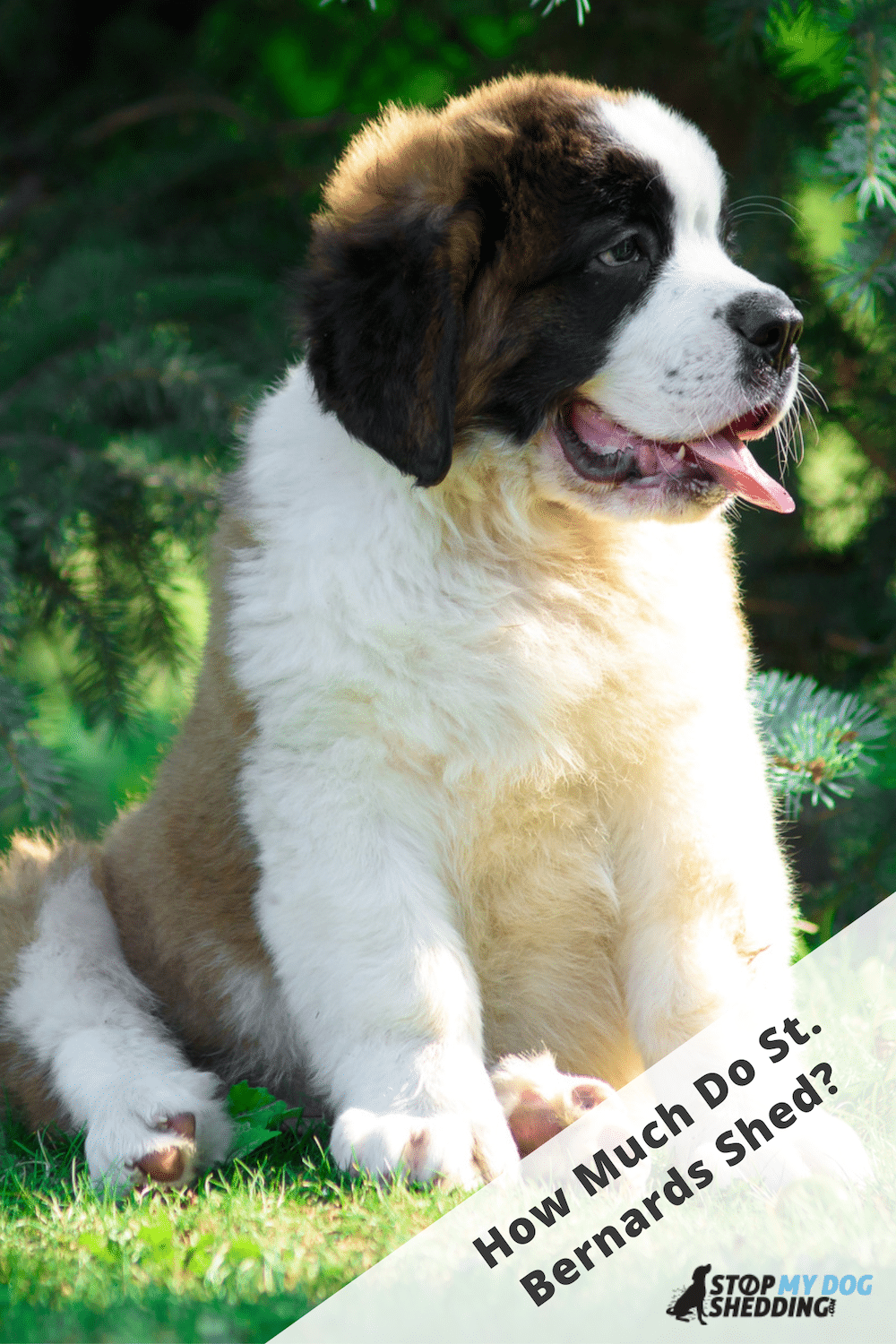



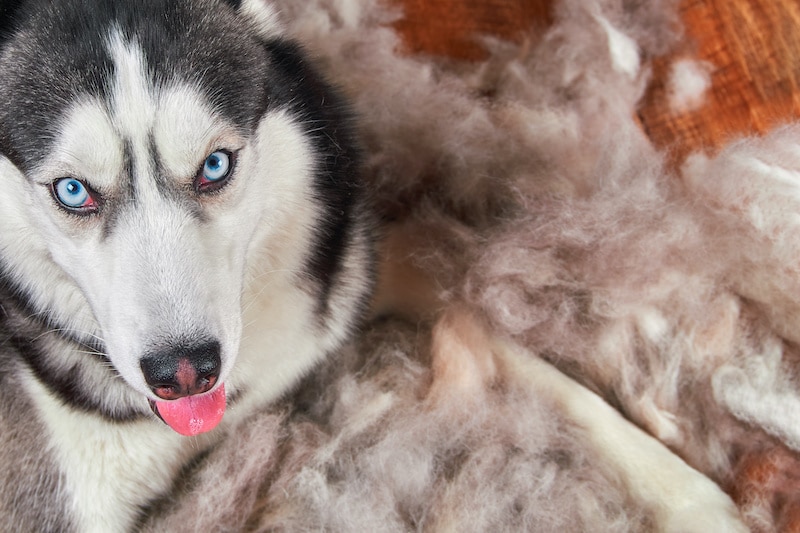

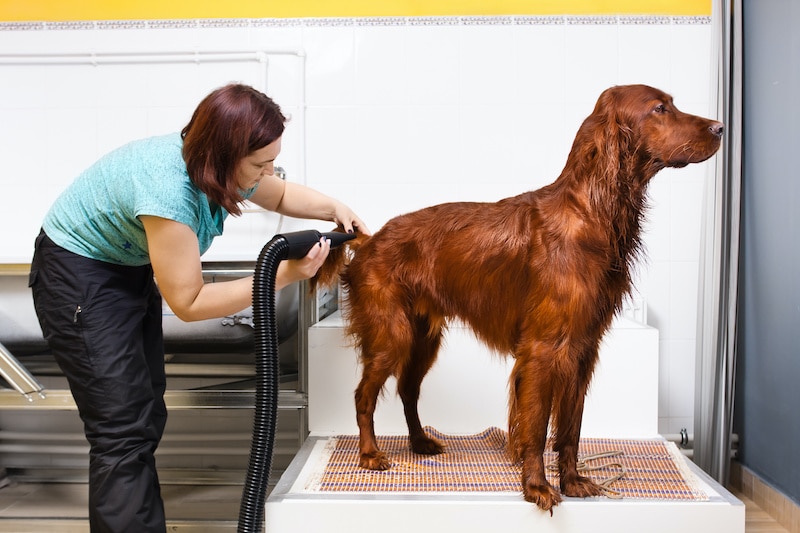



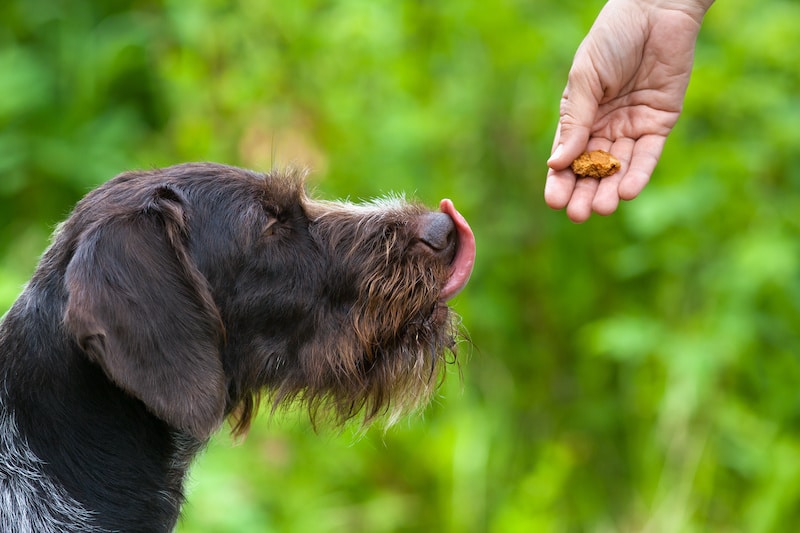

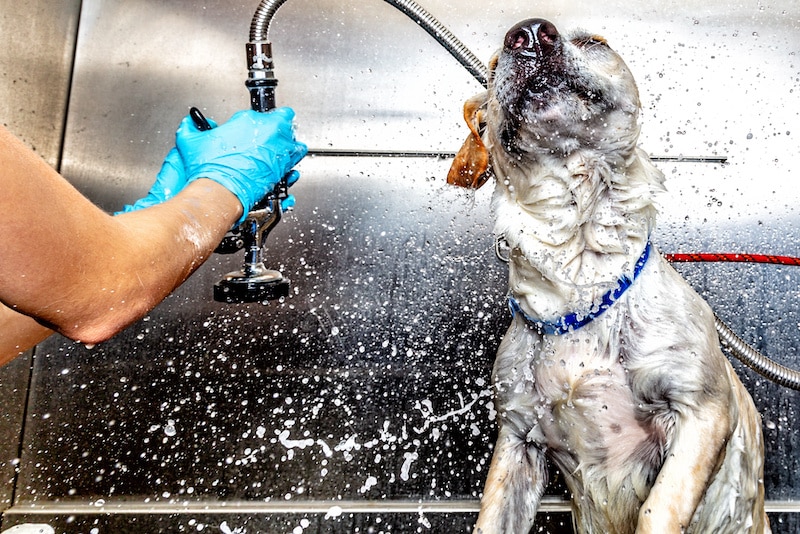
Please note: By submitting a comment using the above comment form, you confirm that you agree with the storage and handling of your data by this site as detailed in our Privacy Policy.